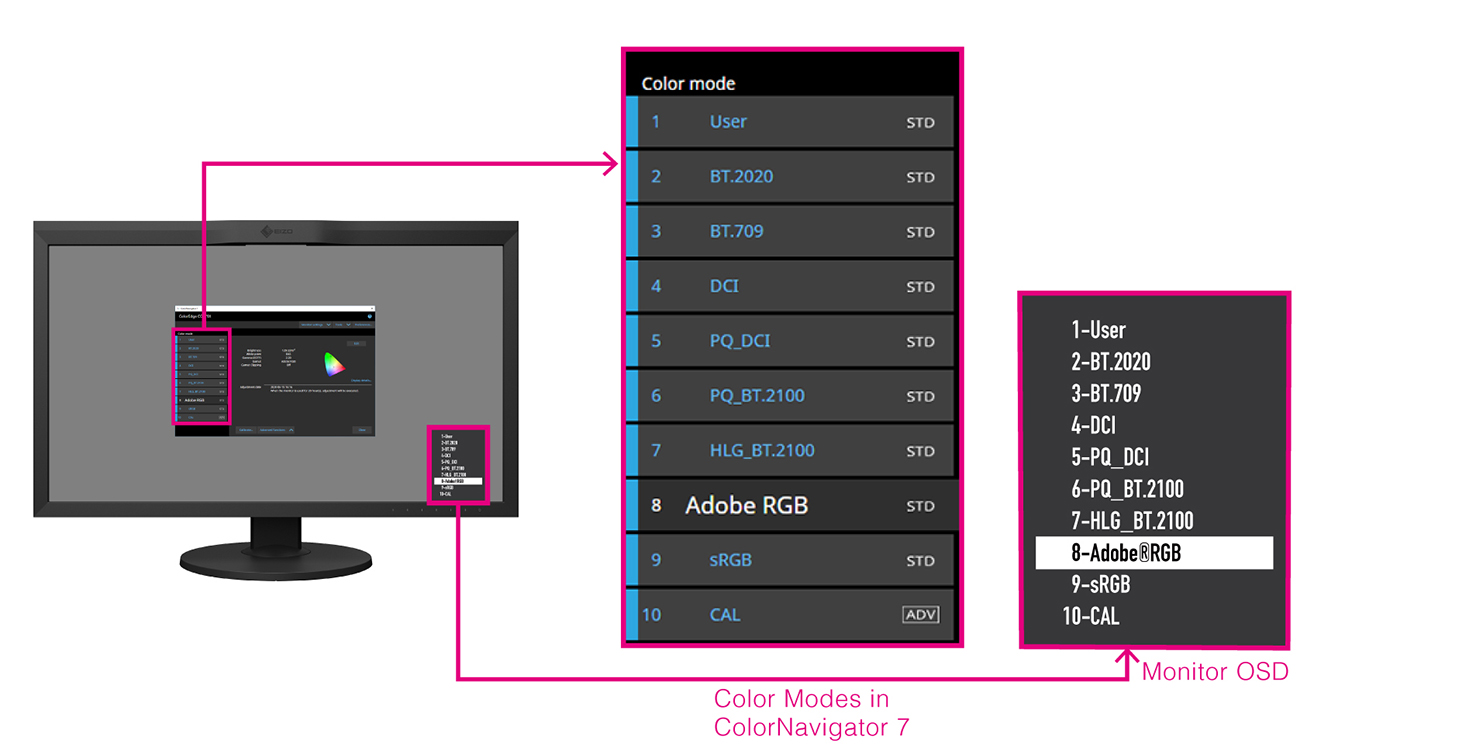

I have finally gotten around to calibrating some of the other monitors at the studio. I’ve seen my own stuff very oversaturated on public LED displays around town. There seems to be a notable lack of colour management at the delivery end. Watching sRGB stuff on a Rec709 or Rec1886 monitor will not be accurate. Lastly, for your intended deliverable you should probably be working in sRGB, although this assumes that you are not using a broadcast monitor. Messaging services, for one thing, might not respect the wide gamut display.
DISPLAYCAL VIDEO MODE WINDOWS
In reply to your question about the relative merits of Windows versus Mac, I’m in no doubt that under MacOS this situation is handled much better (for example, Resolve will handle display colour management only on MacOS) but it’s not a Utopia. If I were in your position I’d certainly look at that scenario to see how close the factory calibration is but, of course, you’re in the usual problem if the white point is heavily corrected in the ICC profile because this correction might not be respected by all programs. If the ASUS forces you to just pre-select a colour mode without any means of tweaking the white point then I’m inclined to agree with the 1st reply which casts doubt on the precision of the final result. You will run into this problem with Resolve but Adobe appears to have addressed the issue in Premiere with a preference setting for it. There are many video tools out there, particularly under Windows & Linux that will not manage the display colour management and will leave you with an oversaturated result in the viewports on a wide gamut display. If your ASUS display has something similar then I’d advise to do it that way. In my own case I use a 27″ Dell which provides for 2 “CAL” modes which can be set and profiled to whatever colour space and transfer function you need. This kind of functionality is provided by some models of EIZO, for example. My preference is to use a GUI display that can emulate whatever colour space and transfer function you’re working to, with minimum intervention at the workstation. I’m using the CC suite and Resolve regularly and Autodesk Flame less regularly. We are more and more exposed to this kind of dilemma now that just about even every display these days is wide gamut. To the OP, it seems like you are getting good advice from the 2 posters so far. But most of my work ends up on the web or social media, should I grade and use an srgb color space instead? Or would sticking with rec709 make sense.Īny other advice for calibrating this monitor would be helpful. Just wondering what would give me the most accurate results.Īlso, I feel like most colorists always recommend calibrating and using a rec709 color space.

The Rec709 mode, out of the box, doesn’t look as good in my environment as the standard mode does. Someone told me that Displaycal doesn’t actually limit the color values/gamma and I’d have to set that in the monitor.

But I also had an issue with an old Dell u2410 where I did that and found out later that the monitor was over saturated and contrasty and I was getting washed out results in my grades. I’ve heard that the best way to maximize contrast and have result is to leave the monitor in Standard mode and let Displaycal do the calibration like that. If I’m looking to calibrate for broadcast rec 709, should I select the Rec 709 mode on the monitor, or leave it in standard and use Displa圜al to do that? I ask because I’ve had conflicting information in the past. The monitor has different modes built into the display itself, Standard, Rec 709, sRGB, etc. I mostly need to calibrate for video work.

My questions may be general enough that anyone could answer, but just in case, I have an Asus pa279cv monitor and an iDisplayProPlus.


 0 kommentar(er)
0 kommentar(er)
